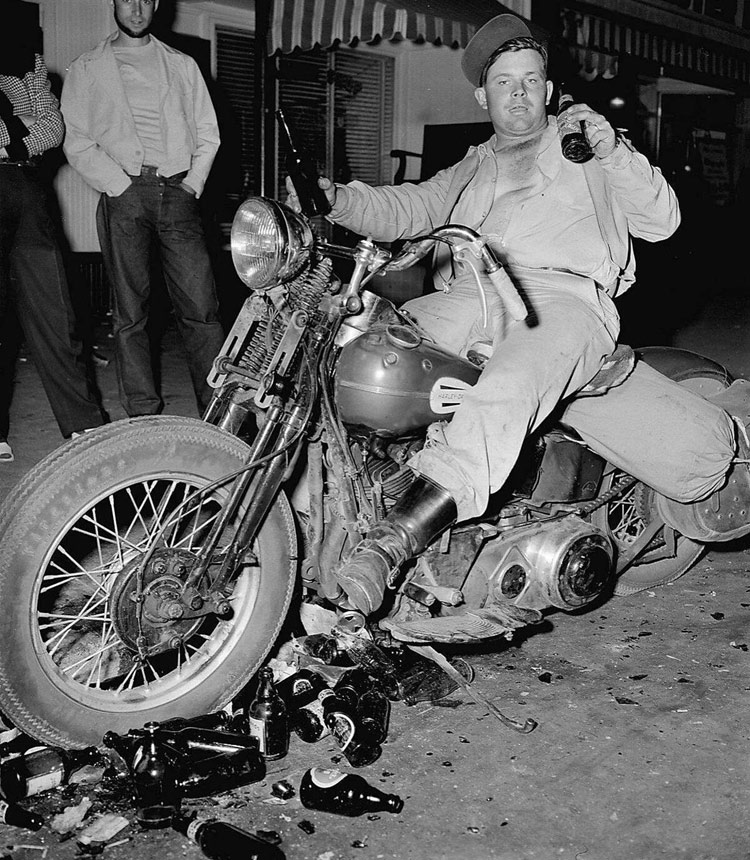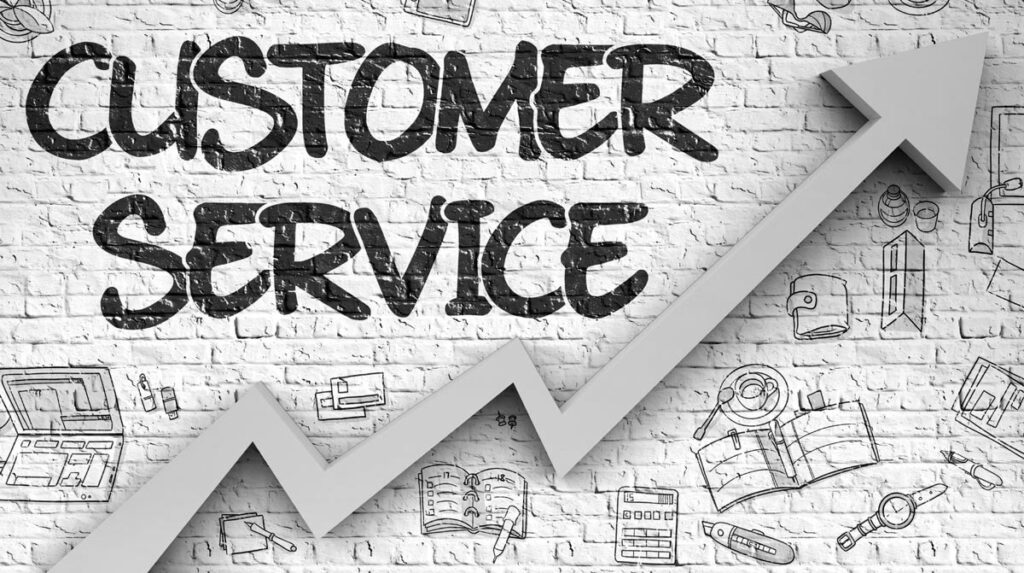
The Harley-Davidson buyback from AMF was historic and significantly impacted the biker world. This article will also help you understand how to market your motorcycle business.
Importance of Motorcycle-World Knowledge
Here’s how knowing about the Harley buyback and other motorcycle world knowledge and history will help your internet marketing.
- Biker world knowledge and history help identify your target audience better. Understanding your company’s target audience is key to writing content.
- Knowing the biker world is also essential for motorcycle website design, graphics, social media advertising, Facebook ads management, and more. For instance, and as noted, there are some color schemes and graphics that you can’t use. If you don’t know, ask us.
- Think about how passionate people are about Harley-Davidson, and you can probably understand that the better you know them. This makes writing informative and convincing content on your site easier.
- Content must use the correct terminology. If not, it will hurt both sales and the perception of your brand.
- When speaking to customers, it will be apparent if your marketing company person has or lacks basic knowledge of the biker-world.
- Plus, it helps guide your social media posts: post type, graphics used, content creation, etc.

HD Buyout by AMF
Now, let’s move on to the history of the buyout of Harley by AMA (American Machine and Foundry). In 1969, AMF bought Harley-Davidson. Before 1969, there were different slumps in HD’s sales. First, there was a drop in Harley’s sales during the Great Depression. Then, there was a boost in sales during WWII because of the war contracts.
After World War II, sales slumped. However, HD tried creating various models appealing to a broader audience. Then, in 1952, they pushed for a 40% tariff on Japanese motorcycles. And it didn’t pass.
Significantly, Harley-Davidson was charged with restrictive practices. Of course, this hurt HD’s brand and sales.
That brings us to 1969 when AMF bought Harley. AMF was able to streamline production and cut costs. However, the motorcycles produced were still expensive compared to Japanese ones. Plus, their quality and performance were inferior to those of the bikes made in Japan.
Harley Buyback
After over a decade of trying to make HD successful, AMF was at the point of declaring bankruptcy. However, 13 investors (including Willie G.) purchased Harley back from AMF for $80 million in 1981. This is often called “the buyback.”For HD enthusiasts, it is the most frequently used term.
Next, without the Harley-Davidson buyback from AMF, Harley wouldn’t exist. For HD enthusiasts, it is the most frequently used term.
Eventually, the new ownership group developed a new strategy. Included in the plan was Harley’s introduction of classic-looking early-era motorcycles instead of trying to create bikes that looked more like the Japanese ones. Then, in 1983, tariff protections were put in place for the big displacement bikes, which helped HD become more competitive.
Many of the parts used to make Harleys were outsourced to other countries. As the cost went down and quality went up, sales increased. went down and quality went up, sales increased.
In 1984, the mono-shock design used on Softails was purchased, making riding a Harley more enjoyable – at least it was easier on riders’ bodies. Also 1984, the much more reliable Evo engine (“Blockhead”) was introduced.
Importance of the Buyback
As you’ve read, the Harley-Davidson buyout and buyback are significant marks in HD’s and bikers’ history. Without the buyout, the look of bikes would be much different, and the biker world would be, too. The buyback paved the way for the success of future motorcycle companies.
In addition, the buyback is part of the pride Harley owners have. It is part of the “buy American” movement in the biker world. The “Harley mystique” started in part due to the above. All of this is part of the passion many Harley riders have. It is also important too have a solid understanding of the basics of marketing your site to get the best results.
Today, riders under 45 and definitely under 40 aren’t as interested in Harleys. One reason is that they don’t remember the above challenges and the HD comeback. Subsequently, when marketing and designing your website, the target audience varies by age. It impacts what they like, the motivation behind their choices, what they value, what they ride, the brands they prefer, etc.
Last, we’ve compiled blog articles with helpful marketing information, with a specific focus on motorcycle companies. Our biker search services pages have more information.



